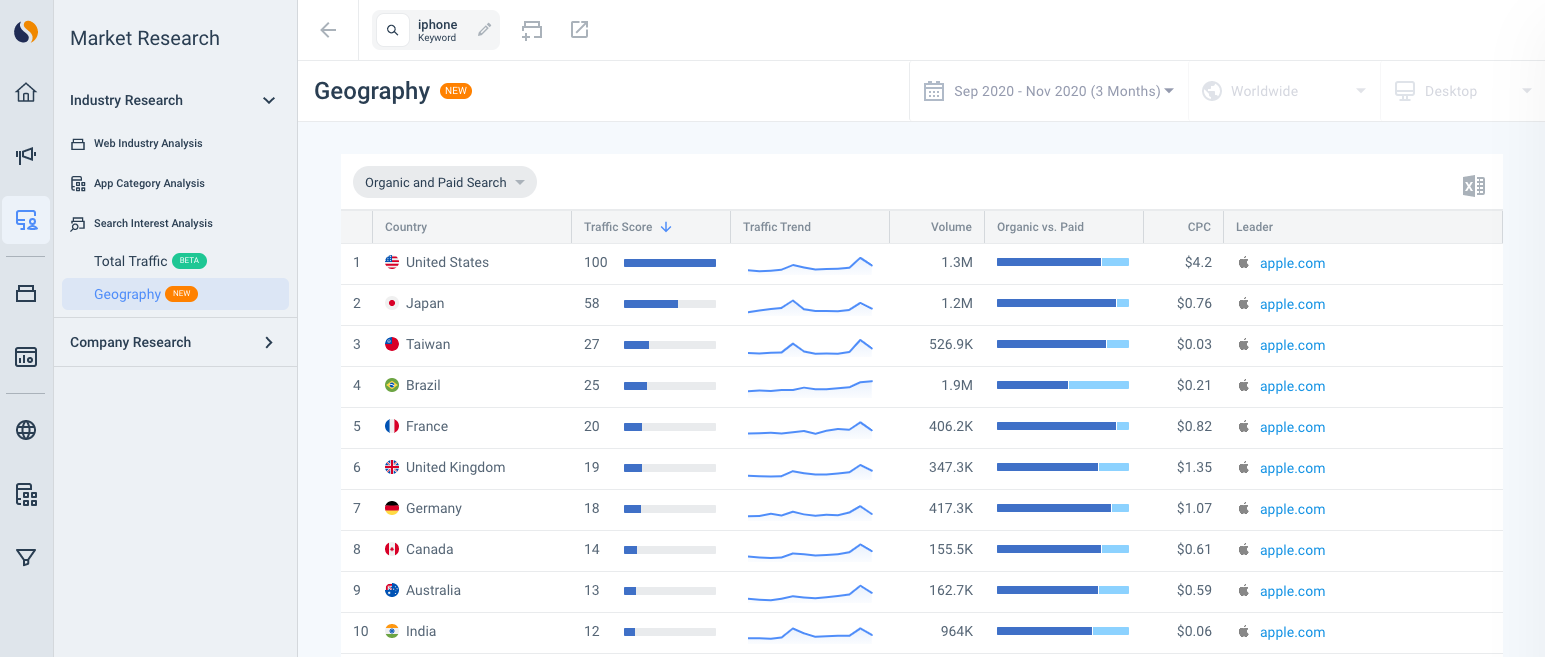
Now come up with a list of those keywords. The keywords and keyword phrases your potential customers search for are the keywords you want to optimize on your website. How do you do On-Page SEO?įirst ask yourself, when your potential customers search Google for services like the ones you sell, what keywords do they type into the search box? So let’s jump right into On-Page and Off-Page SEO. That’s because for the most part it’s backed into the cake. Other than that, as long as you’re using a turnkey website solution, you don’t have to worry too much about technical SEO. When it comes to technical SEO, you might want to test your website’s speed. This includes crawling, indexing, rendering, website architecture, and site speed.

On-Page SEO: On-Page SEO (also known as “On-Site SEO”) is the stuff you do on your website to optimize web page content for search engines and users.Here are the three basic things you need to know: Every small business owner can do the basics themselves without hiring an “SEO specialist”.

You can’t compete on Google’s search results unless you’ve got the fundamentals of local SEO nailed down.īut don’t let words like “optimization” make you think it’s super technical. More specifically, optimizing your website so that when people near your business type keywords related to your products or services into Google, your site shows up in their search engine results. Local SEO (local search engine optimization) means making it easy for potential local customers to find your business on Google. Turns your website visitors into customers.įirst, let’s talk about getting found or, what you might call, the basics of local SEO.Gets your business found by your target customers.And that sales rep is your website, of course.īut not just any website, a website that does two essential things: Every local business should have a sales rep that works for them 24/7.


 0 kommentar(er)
0 kommentar(er)
